Installation and Maintenance Best Practices for Ring Type Joint (RTJ) Gaskets
Ring Type Joint (RTJ) gaskets are essential for the integrity of flanged connections in a variety of sectors. Proper ring type joint gasket installation and maintenance are crucial to avoid leaks, keep operations running smoothly, and guarantee the safety of people and property. Let’s take a look at the importance of ring type joint gasket installation and maintenance and the best ways to enhance their effectiveness and longevity.
What Are Ring Type Joint ( RTJ) Gaskets?
RTJ gaskets are metallic sealing components with a specific design that guarantees high-pressure sealing capability. They are frequently employed in applications that involve high pressures, temperatures, or corrosive conditions. RTJ gaskets often have octagonal or oval cross sections, and their design enables effective sealing under severe compression. RTJ gaskets are used in a variety of industries, including the oil and gas, petrochemical, and power generation sectors.
Installation Best Practices
- Gasket selection based on operating conditions
The selection of the ring type joint gasket material is essential and should be based on the particular application’s operating conditions. When choosing the right gasket material, factors like temperature, pressure, fluid compatibility, and environmental conditions must be taken into account.
- Flange surface preparation for optimal sealing
Effective surface preparation is essential to guarantee a leak-free seal. The recommended surface finish for flange faces should be achieved, and they should be defect and debris-free. The performance of the gasket can be improved by using the right coatings or sealants.
- Proper handling and storage of RTJ gaskets
RTJ gaskets should be handled carefully to prevent damage or deformation. They should also be stored properly in a dry and clean environment while being shielded from contamination and exposure to harsh temperatures.
- Gasket positioning and alignment within the flange groove
The ring type joint gasket must be positioned and aligned precisely within the flange groove. Failures in sealing might be brought on by misalignment or uneven compression. You should always make sure that the gasket fits into the groove without being over-compressed.
- Recommended bolt-tightening techniques
Proper bolt tightening is crucial to obtain the necessary gasket compression. Observe the torque recommendations and tightening procedures specified by the gasket manufacturers. For accuracy, consider utilising calibrated torque wrenches.
Maintenance Best Practices
- Regular inspection of RTJ gaskets for wear and damage
Regular examination of RTJ gaskets for wear and damage is necessary to spot any indications of deterioration or damage.
- Evaluation of flange condition and surface preparation
Verify that the flange faces’ condition is in compliance with the standards for surface finish. To preserve adequate sealing, take care of any surface blemishes or rust.
- Proper removal techniques without damaging flange surfaces
Use the proper removal methods and tools while replacing RTJ gaskets to protect the flange surfaces. To prevent scoring or gouging of the flange, avoid using sharp or abrasive instruments.
- Inspection of removed gaskets and sealing surfaces
Inspect the removed gaskets and sealing surfaces for indications of abnormalities, corrosion, or foreign objects. Before attaching a new gasket, thoroughly clean and prepare the flange faces.
- Checking the integrity of bolts, nuts and washers
During inspections, check the state of the bolts, nuts, and washers. To ensure correct bolt load and gasket compression, replace any worn or damaged components.
- Importance of proper lubrication during installation
For a uniform distribution of bolt load and to avoid galling, proper lubrication of the bolt threads and flange faces is crucial. Use the suitable lubricants that gasket manufacturers recommend.
- Documentation and tracking of maintenance activities
Keep thorough records of all maintenance procedures, such as torque measurements, inspections, and gasket replacements. This documentation makes it easier to follow the history and performance of RTJ gaskets.
Star 21 International: Your Trusted Source for Premium RTJ Gaskets in Singapore
The installation and maintenance of ring type joint gaskets are vital aspects of ensuring the reliability and safety of flanged connections in high-pressure and high-temperature applications.
When it comes to procuring RTJ gaskets for your industrial needs, it’s crucial to partner with a reputable provider. If you’re in search of top-quality RTJ gaskets in Singapore, look no further than Star 21 International. Star 21 International stands as the premier gasket supplier in Singapore, offering an extensive selection of premium RTJ gaskets, spiral wound gaskets and all types of gaskets tailored to meet the diverse needs of various industries. We assure you that our RTJ gaskets deliver the utmost in sealing reliability and performance with our commitment to quality and strict adherence to industry standards. Opting for Star 21 International RTJ gaskets ensures the efficient and effective operation of your industrial processes. Make the choice to benefit from the advantages of superior sealing solutions and safeguard your sealing integrity with Star 21 International RTJ gaskets.

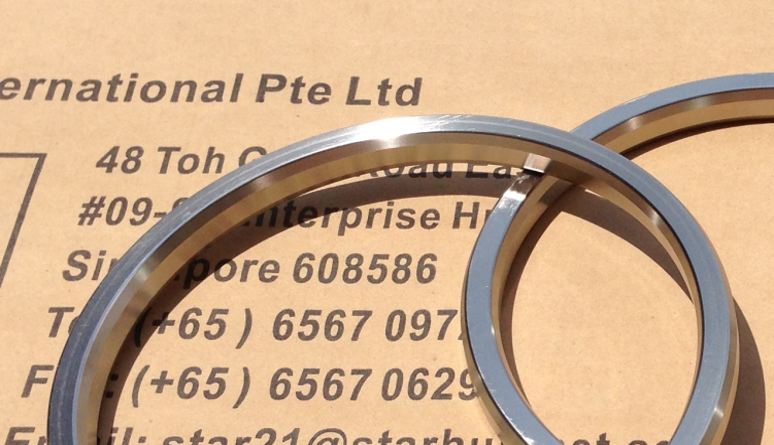

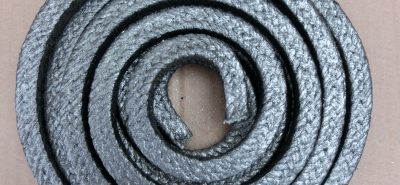

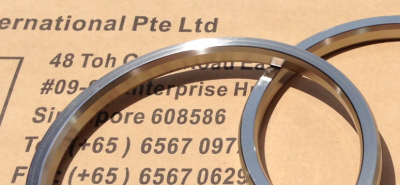


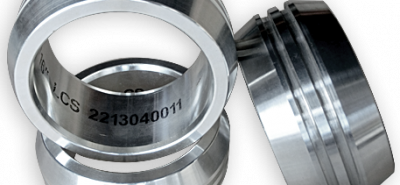

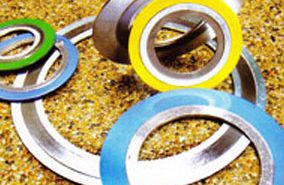
LEAVE A COMMENT